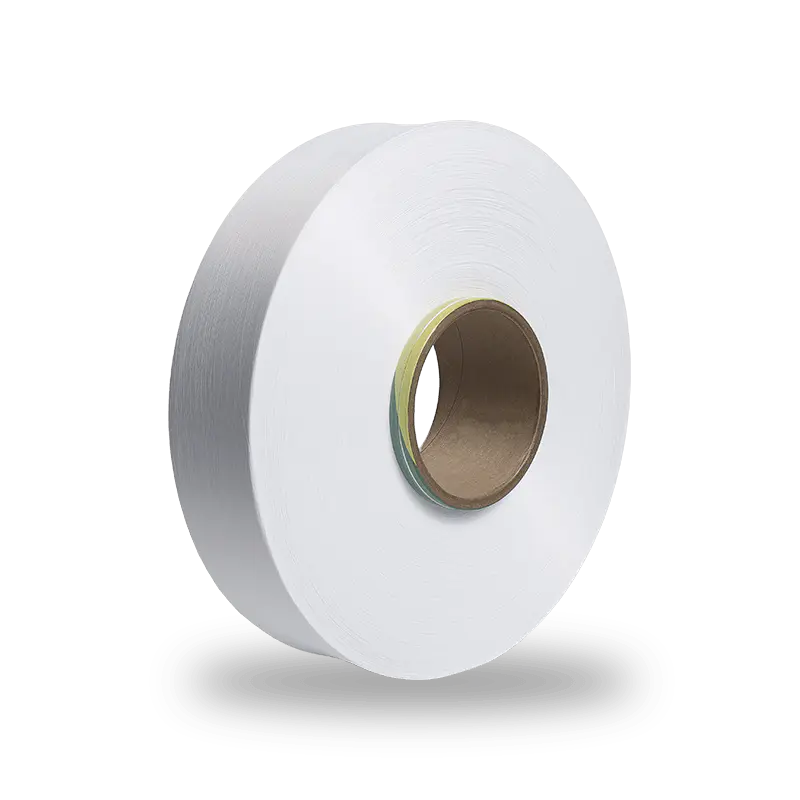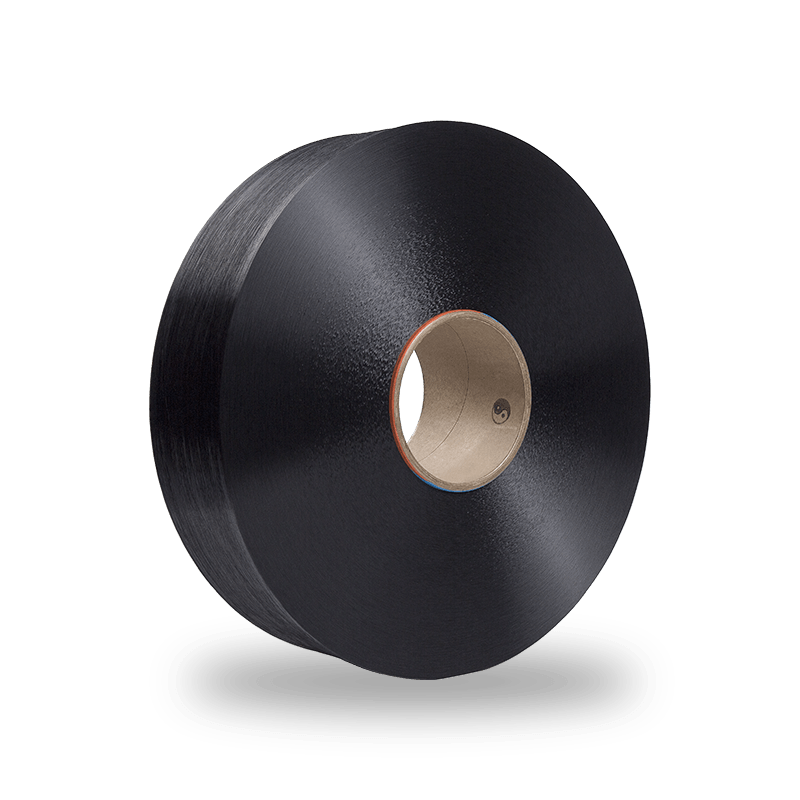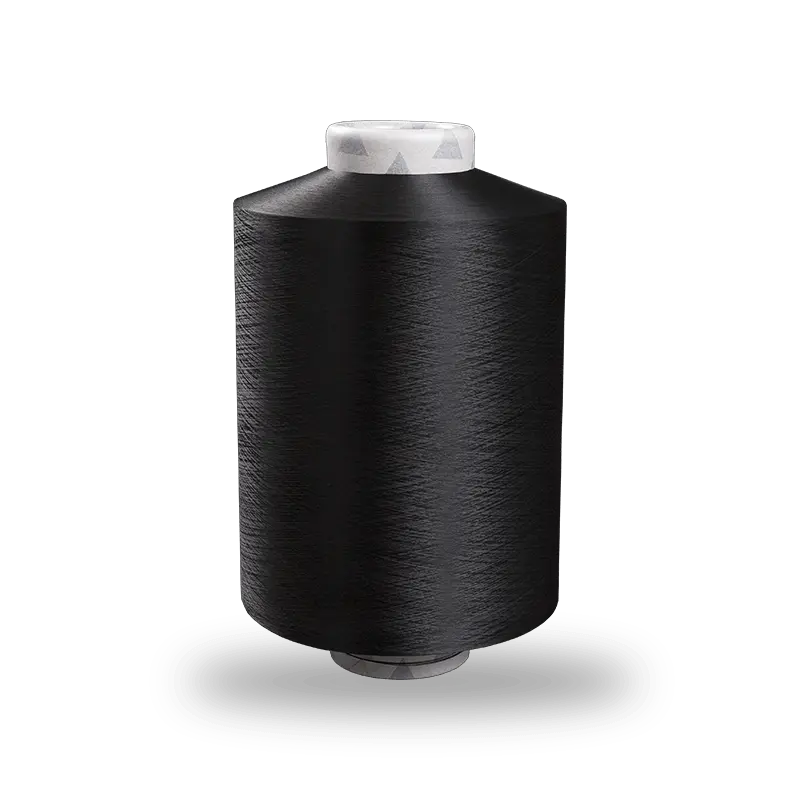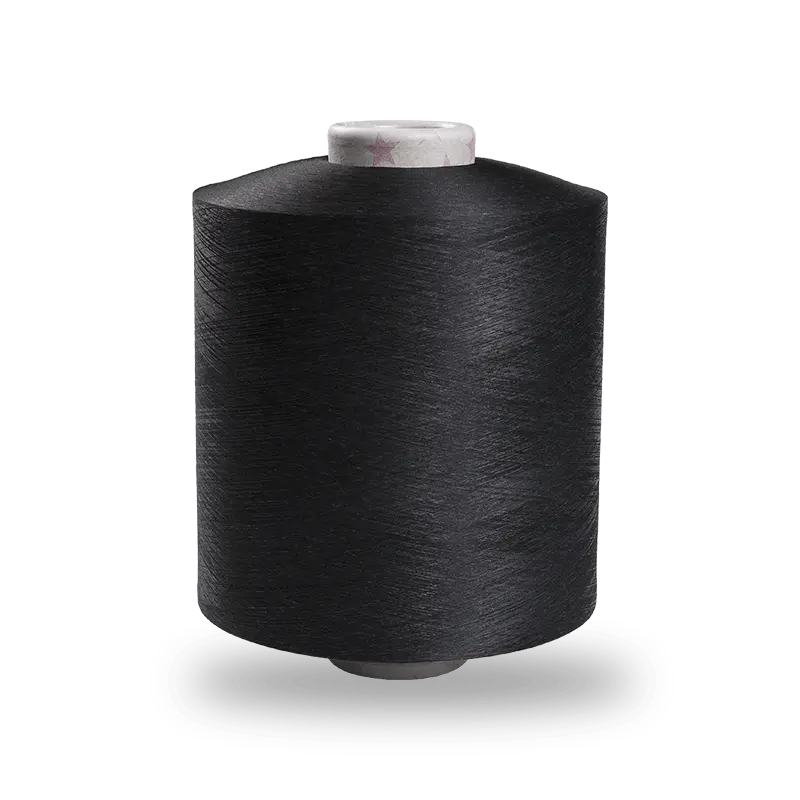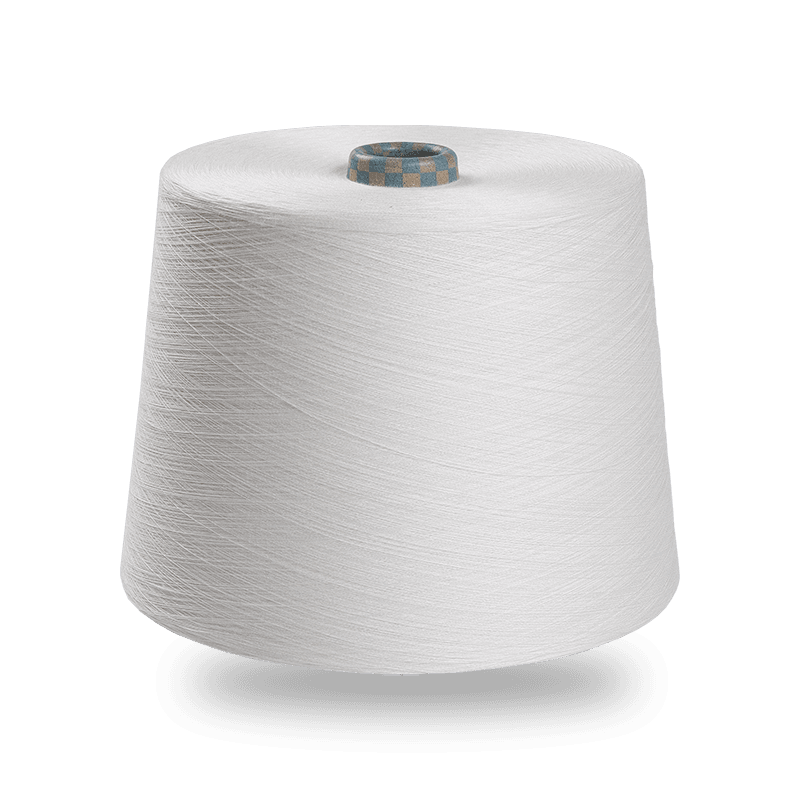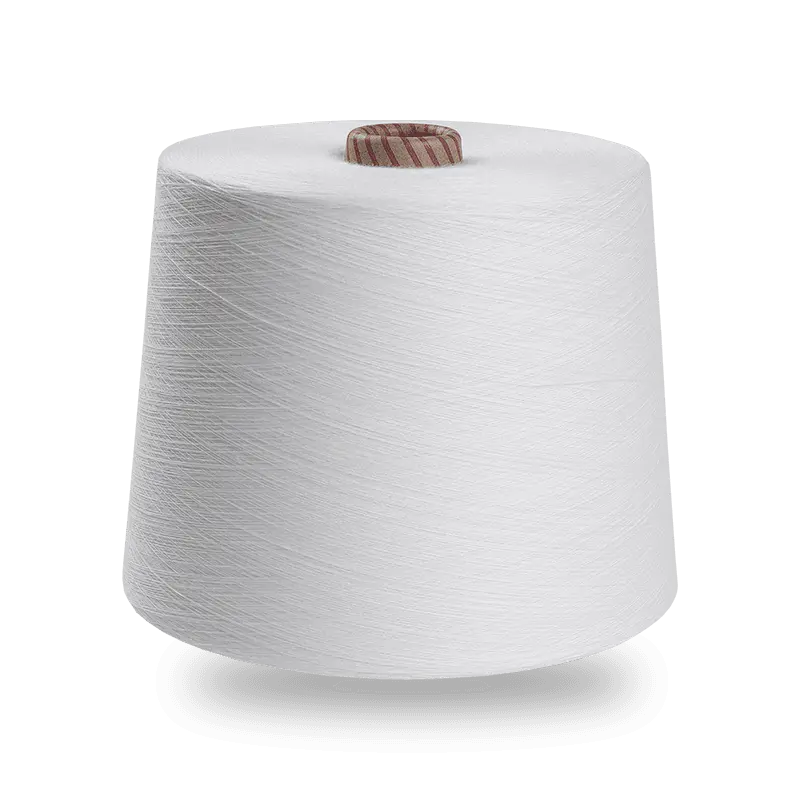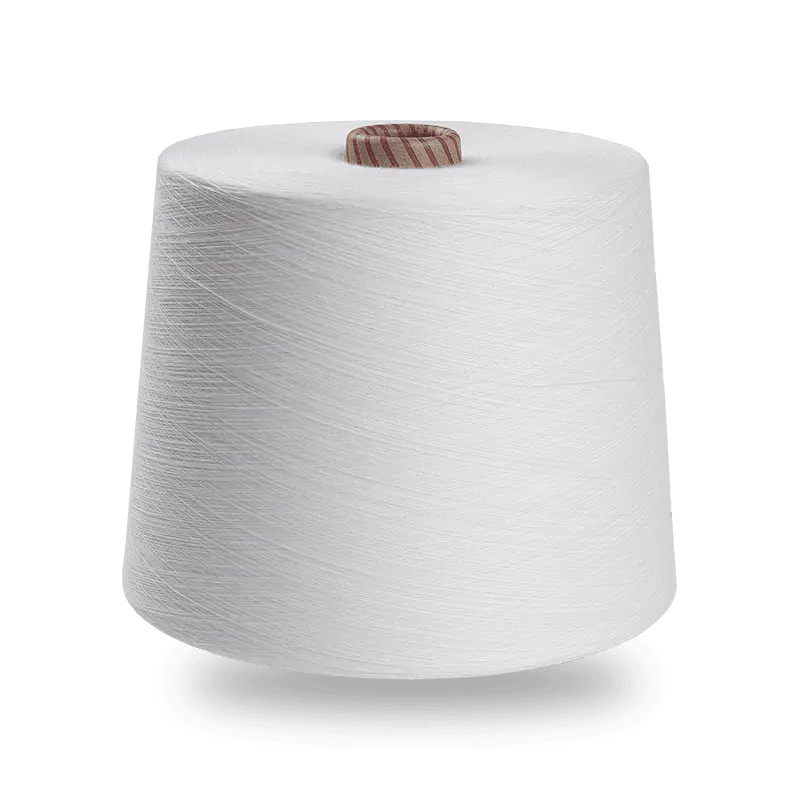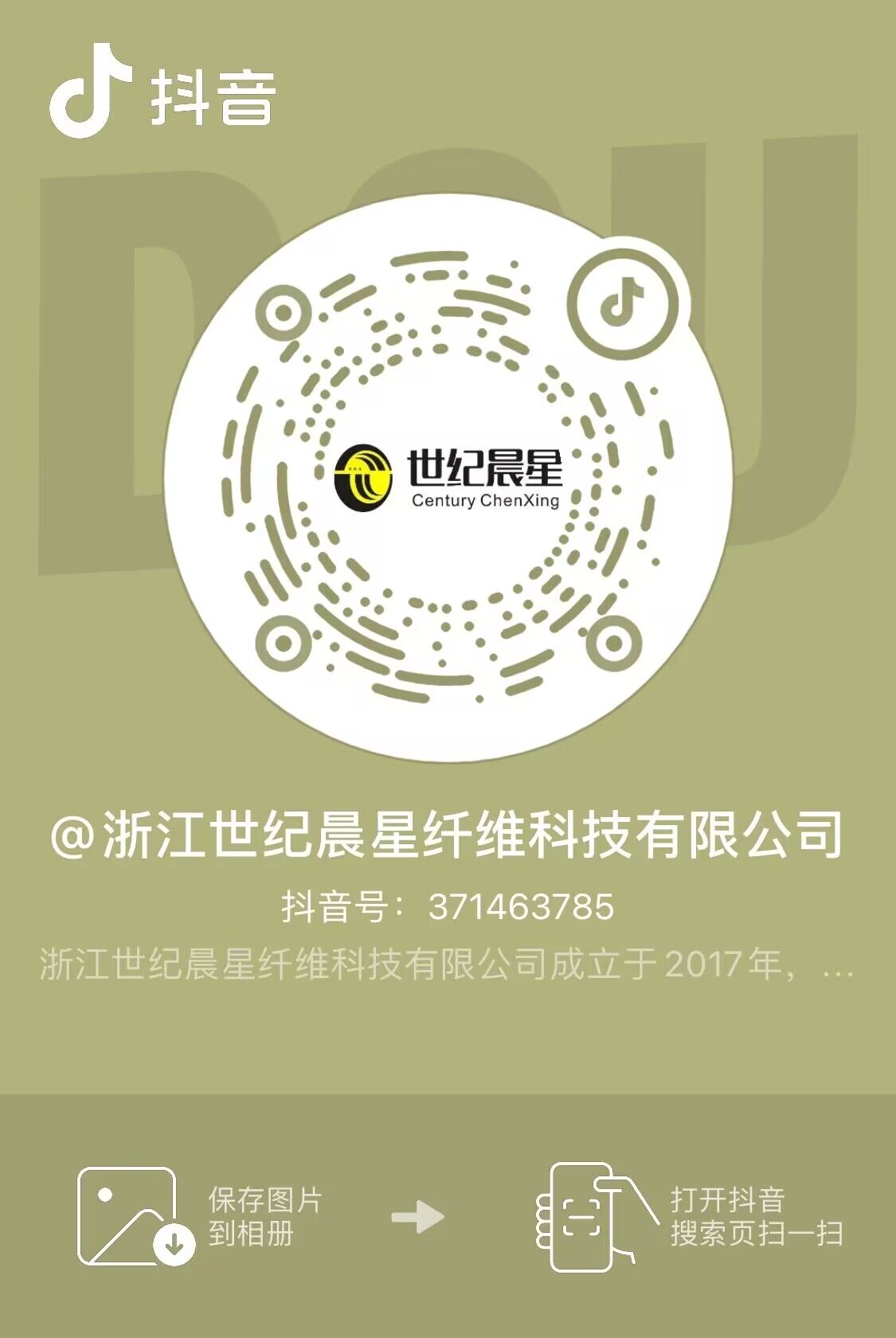1. What is siro spun yarn?
Siro spun (often written "sirospun") is a modern variation of ring spinning that feeds two parallel rovings into the spindle so the fibres are drafted together and twisted into a single yarn. The key idea is cross-drafting two rovings simultaneously so the resulting yarn benefits from improved evenness and reduced hairiness compared with a single-roving ring yarn. Siro spun is commonly used when manufacturers want a yarn that looks and feels closer to compact or open-end yarn while remaining compatible with ring-spinning lines.
2. What is ring-spun yarn?
Ring-spun is the classic, widely used spinning method where a single roving is drafted and twisted on a ring-and-spindle system. The process produces a soft, strong, and fine yarn with clear fibre alignment. Traditional ring-spun yarns are prized for their hand (soft, flexible feel), strength, and versatility — they are the baseline for most premium cotton T-shirts, fine knits, and many woven fabrics.
3. How the processes differ (practical view)
3.1. Drafting and feed
Siro spun drafts two rovings in parallel and twists them together; ring-spun drafts a single roving. Practically this means siro spun can balance irregularities between the two rovings, reducing thick/thin variations, while ring-spun yarn quality depends entirely on the single roving's consistency.
3.2. Twist structure and hairiness
Because two rovings are combined, siro spun often has slightly lower surface hairiness and a neater appearance than a comparable ring-spun yarn made from the same fibre. Ring-spun can be made very smooth with additional processes (compact spinning), but standard ring-spun is typically hairier than siro spun from the same feedstock.
3.3. Strength and evenness
Siro spun tends to show improved evenness and better appearance on the fabric face, because irregularities in one roving are partially cancelled by the other. Ring-spun yarns can achieve excellent strength and uniformity but depend more heavily on upstream carding/combing quality.
4. Side-by-side comparison table
| Property | Siro Spun | Ring-Spun |
| Production method | Two rovings drafted/twisted together | Single roving ring and spindle twist |
| Yarn evenness | Better (irregularities balanced) | Good (depends on roving quality) |
| Surface hairiness | Lower | Higher unless compacted |
| Fabric appearance | Cleaner, more uniform face | Soft, slightly more textured |
| Cost | Comparable or slightly higher (depends on line setup) | Standard benchmark; cost depends on production speed |
| Best uses | Shirts, premium knits, fabrics needing clear face | T-shirts, knitwear, general apparel |
5. Practical pros and cons (quick lists)
5.1. Siro spun — benefits
- Improved evenness and visual uniformity on fabric surface.
- Lower apparent hairiness — better printability and dye uniformity.
- Good balance of strength and softness when using similar fibres.
5.2. Siro spun — drawbacks
- Requires two rovings per spindle — can affect production planning and input costs.
- Not always a drop-in replacement for every ring-spun specification; test runs advised.
5.3. Ring-spun — benefits
- Proven, flexible process with wide industry familiarity.
- Easily tuned for very soft hand or very strong yarns with appropriate twist and combing.
- Lower complexity per spindle (single roving).
5.4. Ring-spun — drawbacks
- May be hairier and show more surface irregularities without additional processes.
- Achieving the same face uniformity as siro may require compacting or stricter upstream quality control.
6. How to choose: 6 practical decision checks
- If you need a cleaner fabric face for printing or fine patterns, consider siro spun.
- If your priority is a classic soft hand and wide supplier options, ring-spun is a safe choice.
- For cost-sensitive, high-volume basics, compare line output and waste rates — ring-spun lines are often optimized for throughput.
- Test samples: request both yarns made from the same bale/combing specs and produce small fabric runs to compare dyeing, pilling, and hand.
- Consider downstream processes: compacted ring yarn or siro spun may react differently to mercerization, enzyme washes, and printing — always lab-test.
7. Care, finishing and quality control notes
Both yarn types follow the same finishing and fabric care principles, but small differences appear after finishing: siro spun fabrics may show slightly better print edge definition and less initial fuzz after washing, while ring-spun fabrics may soften more with repeated washes (depending on twist and finishing). Quality control checkpoints to monitor include U% (unevenness), hairiness index, tensile strength, and pilling tests after finishing.
8. Quick FAQ
8.1. Is siro spun stronger than ring-spun?
Not automatically. Siro spun often shows improved evenness which can improve perceived strength in fabric, but ultimate tensile properties depend on fibre length, twist per inch, and combing. Properly made ring-spun yarns can be equally strong.
8.2. Will my customers notice the difference?
End-users will notice differences in fabric face, print sharpness, and initial fuzz/pilling. For everyday basics, differences can be subtle; for premium or printed products, siro spun's cleaner face can be a clear advantage.
8.3. Can manufacturers switch between the two easily?
Switching requires planning: siro spun needs two rovings and adjustments in production planning. It is feasible on ring-spinning frames equipped for siro feeding, but trials are essential to match yarn counts and twist levels to existing specs.
9. Final practical recommendation
If your product emphasis is print clarity, uniform appearance, and reduced hairiness (e.g., premium polos, printed tees, fine shirting), run comparative trials with siro spun from the same fibre source. If you need proven versatility, broad supplier options, and a soft, classic hand for knit basics, ring-spun remains an excellent choice. Always request matched trial lots, check U% and hairiness reports, and run finished-fabric tests before a full production switch.


 English
English 中文简体
中文简体 Español
Español عربى
عربى
